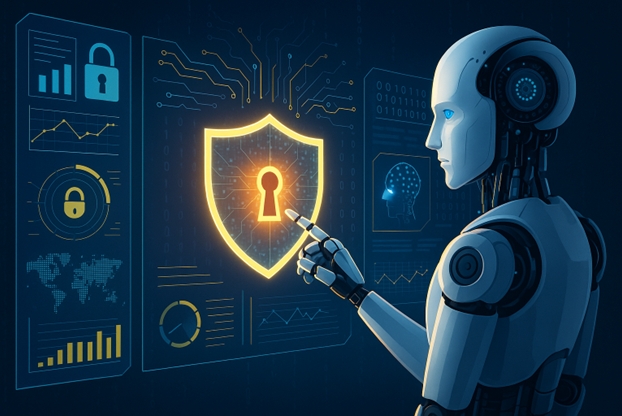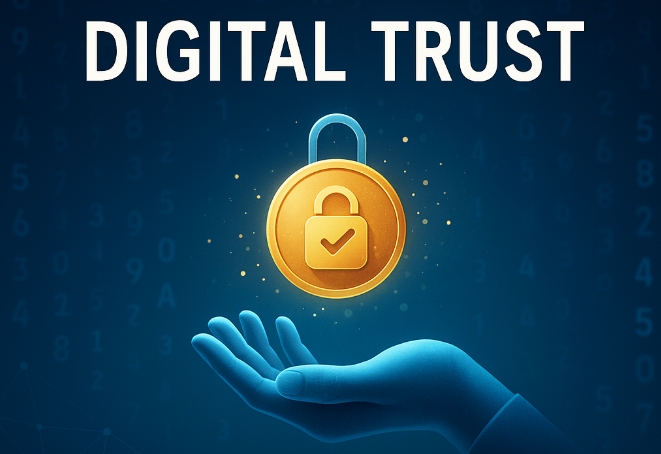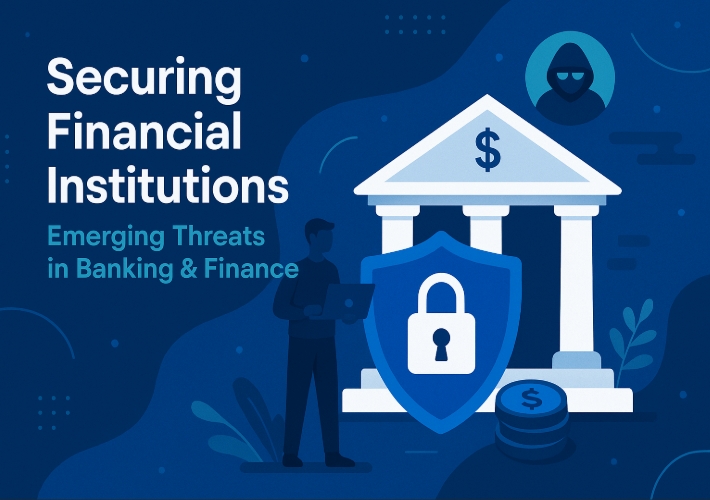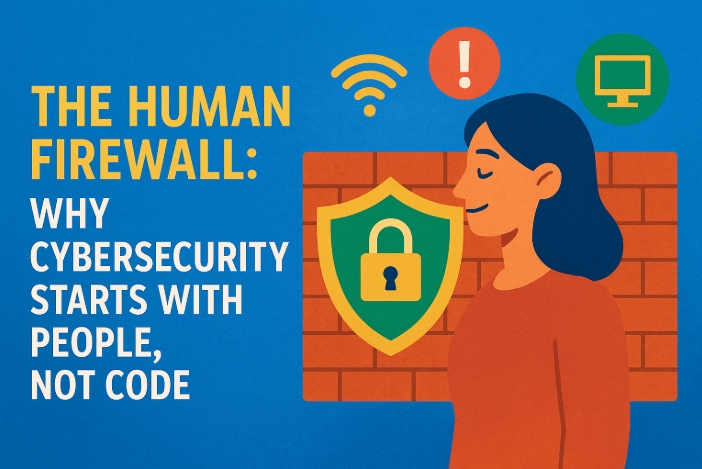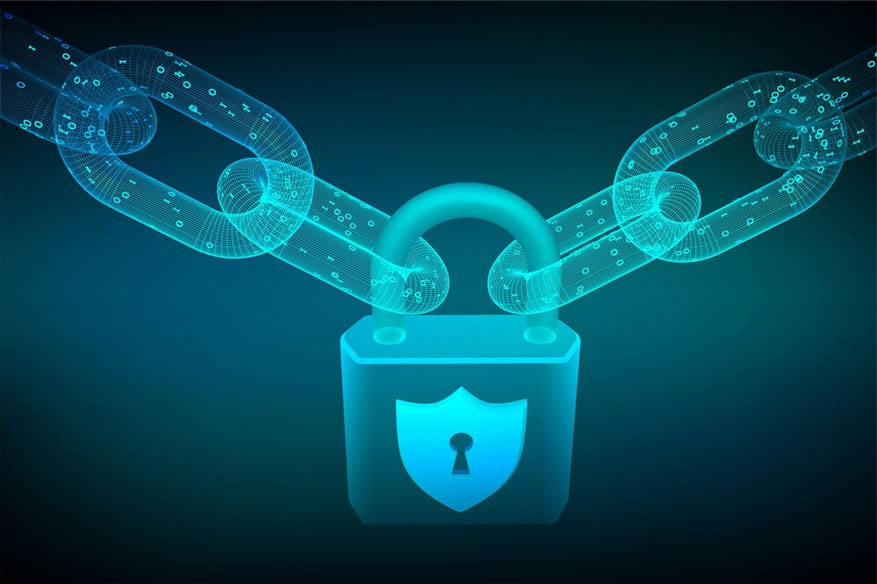Quantum Computing VS. Cybersecurity: The Race To Protect The Future
Featured Tags
Enterprise Cybersecurity Platform
A Unified Platform to Manage Your Entire Cybersecurity Ecosystem—Tools, Processes, People, Operations, and Governance—Delivering Real-Time Threat Posture and Control.
Kavayah Platform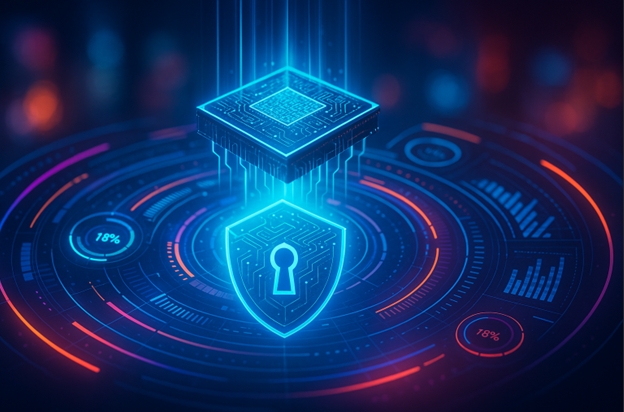
Quantum Computing and Cybersecurity: The Race to Secure Our Digital Future
Introduction: The Quantum Leap
Quantum computing is the next technological leap—think upgrading from a steam engine to warp speed in computing power. It exploits the strange principles of quantum physics—superposition and entanglement—to solve problems that leave classical computers stumped. This promises breakthroughs like designing new drugs or optimizing logistics at unprecedented scales.
But it also poses a monumental risk: quantum computers could break the encryption that protects your private information on the internet. While quantum machines won’t replace classical PCs overnight, they threaten the very math puzzles (like factoring large primes) that keep emails, bank transactions, and medical records secure.
Cybersecurity depends on strong encryption, making the showdown between quantum computing and cryptography where the rubber meets the quantum road. The stakes? Both risk and defense are on the line.
Why It Matters: The Foundations of Today’s Internet Security
Today’s internet security relies heavily on public-key encryption methods such as RSA and Elliptic Curve Cryptography (ECC), along with symmetric ciphers like AES, to protect everything from bank accounts to medical records.
If quantum computers can instantly solve the underlying math problems these systems depend on, they could decrypt sensitive data at will. Governments and tech giants warn: the time to prepare is now, not later.
The Quantum Threats to Encryption
1. Shor’s Algorithm — Cracking Public-Key Cryptography
Developed in 1994, Shor’s algorithm allows quantum computers to factor large numbers and compute discrete logarithms exponentially faster than classical methods. Since RSA and ECC security rely on the difficulty of these problems, a powerful quantum computer running Shor’s algorithm could break these encryptions in seconds.
Banks, e-commerce platforms, and even cryptocurrencies depend on RSA/ECC for key exchanges and digital signatures. A large-scale quantum computer would be like a master key, exposing encrypted communications, digital wallets, and more.
The risk is compounded by “harvest now, decrypt later” attacks, where adversaries collect encrypted data today, hoping to decrypt it once quantum machines are ready.
2. Grover’s Algorithm — Speeding Up Brute Force on Symmetric Encryption
Symmetric encryption algorithms like AES aren’t instantly broken by quantum computers, but Grover’s algorithm offers a quadratic speedup in brute forcing keys.
For example, AES-256’s security would be reduced to roughly the strength of AES-128, effectively halving its security level. This means defenders will need to use larger keys or enhanced algorithms to stay ahead.
Timeline Uncertainty: When Is Q-Day?
Experts disagree on when a quantum computer capable of breaking current encryption—“Q-Day”—will arrive. Earlier estimates placed it 30 years out, but recent analysis suggests it could happen much sooner—possibly within a decade, or even in secret already.
Because sensitive data often needs to remain confidential for decades, the threat window exists today, creating urgency to act immediately.
Real-World Stakes: What Could Go Wrong?
-
Banking: Attackers breaking RSA could forge SSL certificates to steal credentials or decrypt financial transactions.
-
Healthcare: Decrypted medical records could expose private patient histories.
-
Government and Infrastructure: Secure communications could be compromised, risking everything from intelligence leaks to sabotage of critical infrastructure like power grids or elections.
-
Cryptocurrencies: Wallet keys protected by ECC could be cracked, emptying accounts unless quantum-safe measures are adopted.
Quantum threats are not science fiction—they’re a looming reality that could jeopardize emails, dollars, health data, and even democratic processes.
Defenses: Post-Quantum Cryptography and Beyond
Post-Quantum Cryptography (PQC):
The crypto community isn’t caught off guard. PQC focuses on classical algorithms based on math problems believed to be hard even for quantum computers. Examples include lattice-based schemes like CRYSTALS-Kyber and CRYSTALS-Dilithium, hash-based signatures like SPHINCS+, and others like Falcon.
NIST has standardized several of these quantum-resistant algorithms, and major tech players (Microsoft, Google, Amazon) are integrating PQC support into TLS and other protocols. Hybrid approaches using both classical and PQC algorithms ensure smooth transitions.
Quantum Key Distribution (QKD):
QKD uses the principles of quantum physics itself to detect eavesdropping on key exchanges. Though requiring special hardware and limited by distance and cost, it offers theoretically provable security and is being tested in ultra-sensitive environments globally.
Preparing for the Quantum Future
-
Inventory & Roadmaps: Organizations must identify where vulnerable cryptography is used and prioritize updates. Governments are already setting mandates to have quantum readiness plans by 2035.
-
Crypto Agility: Systems should be designed to easily swap cryptographic algorithms without major overhauls—a critical factor for timely upgrades.
-
Symmetric Key Updates: Use stronger keys like AES-256 and rotate keys regularly to mitigate Grover’s algorithm risks.
-
Standards & Cooperation: International standards bodies and governments are collaborating on PQC standards and research investments.
-
Public-Private Collaboration: Industry leaders and government agencies are running joint testing and migration initiatives.
-
Education & Training: Cybersecurity professionals must update their crypto knowledge and experiment with PQC libraries to be ready.
Conclusion: Urgency with Optimism
Quantum computing will reshape cybersecurity, but it’s not all doom and gloom. We’ve known about Shor’s algorithm since 1994, and proactive efforts in PQC have been underway for years.
Replacing all cryptographic locks worldwide is a huge task—like changing every lock on every door globally—but it’s achievable. The transition will be complex but manageable with strong collaboration, smart policies, and continuous innovation.
With a blend of humor and determination, cryptographers are already inventing the next generation of “quantum-proof” locks, ensuring that when Q-Day arrives, we’re ready—not panicked.
The cat-and-mouse game continues—but this time, the cat is quantum, and we’re sharpening our claws.
Enterprise Cybersecurity Platform
A Unified Platform to Manage Your Entire Cybersecurity Ecosystem—Tools, Processes, People, Operations, and Governance—Delivering Real-Time Threat Posture and Control.
Kavayah Platform
